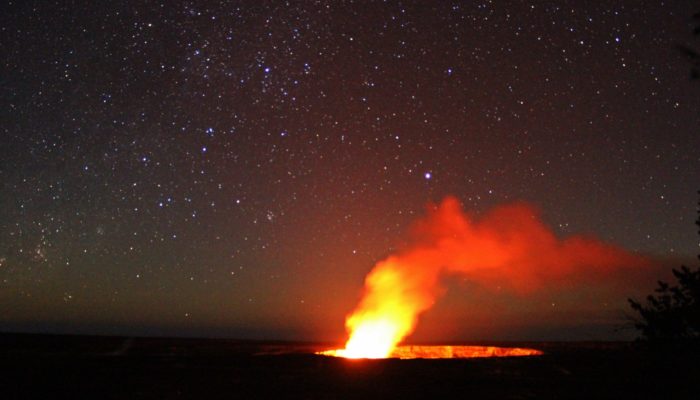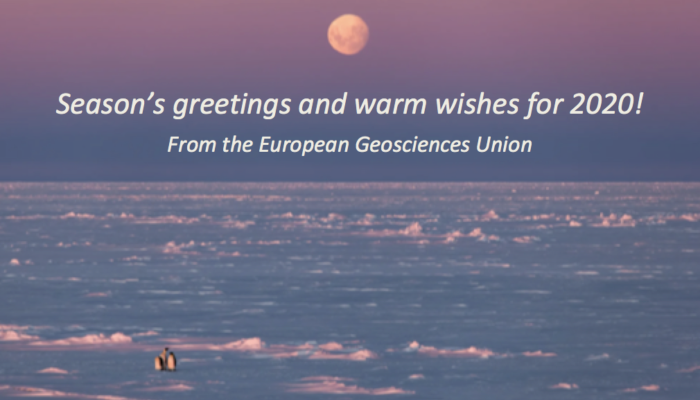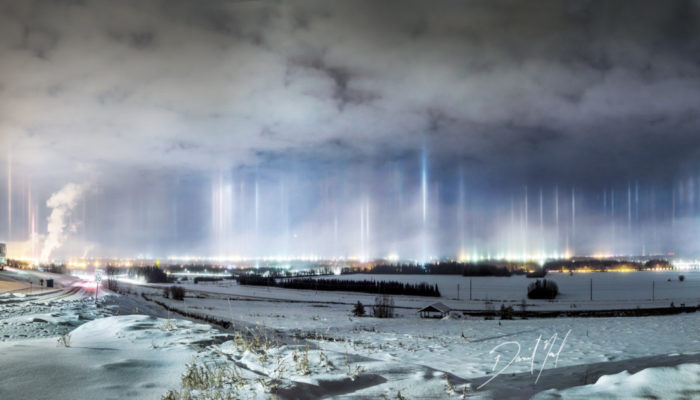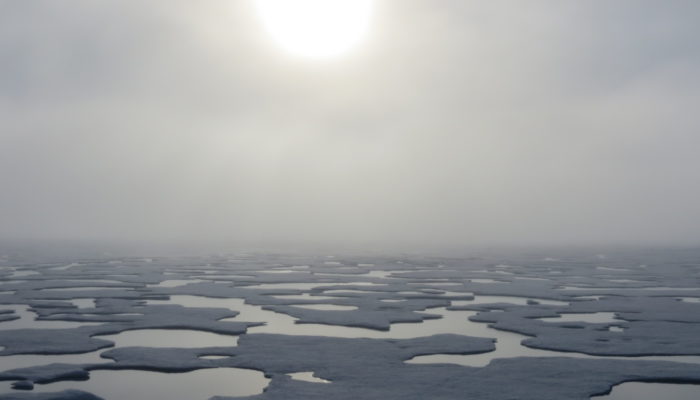Less than one month left for the EGU 2020 abstract deadline on January 15. Today we highlight two sessions of BG 5 – Geomicrobiology, extreme environments on Earth and planetary analogues. First, BG5.1: Biology and Geology of extreme environments on Earth and planetary analogs. This session is convened by Monica Pondrelli, Jessica Flahaut, Frances Westall, Helge Niemann and Barbara Cavalazz ...[Read More]
Seismology
Merry Christmas!
GeoLog
Imaggeo on Mondays: Happy holidays!
The EGU wishes all our readers happy holidays and very warm wishes for the new year. And for a chance to be featured on GeoLog throughout the new year, don’t forget to submit your field and lab based photographs and other visuals to Imaggeo: our open access image repository. All geoscientists (and others) can submit their photos and videos to this gallery and, since it is open access, these images ...[Read More]
GeoLog
GeoTalk: Olivia Trani – reflections on a communication officer’s career with EGU
GeoTalk interviews usually feature the work of early career researchers, but this month we deviate from this format to speak with Olivia Trani, who has served as EGU’s Communications Officer for the past couple of years. In this role Olivia has skillfully managed the Union’s social media presence and the EGU blogs. She has also served as the point of contact for EGU’s early career scientists. Oliv ...[Read More]
Cryospheric Sciences
Did you know about… nature’s street lights for Santa Claus?
Only a couple of days left until Santa Claus’ big night! Once again the beardy guy in the red and white suit will fly around the world with his sledge pulled by his strong reindeers to make young and old children happy! But how does he navigate in the dark? Luckily, nature provides some solutions, for example light pillars… Light pillars form when ice particles are suspended in the air. These part ...[Read More]
GeoLog
Looking back at the EGU blogs in 2019: a competition
The past 12 months have seen an impressive 467 posts published across the EGU’s official blog, GeoLog, as well as the network and division blogs. We’ve featured posts that dive into the details on how crystals become minerals and why scientists are searching for meteorites of Antarctica. We’ve published a collection of posts on how geology influences architecture and helps shape cities ...[Read More]
Biogeosciences
EGU2020 BG Sessions in the spotlight: Biogeosciences’ past achievements and current challenges
The EGU 2020 abstract submissions are open until January 15. Today we highlight two of the more general BG-sessions for those of you working with big questions linking biology and geology, current and past. First, BG1.13: Past achievement and future challenges of Biogeosciences. This session is convened by Giuliana Panieri, Ariel D. Anbar, Hiroshi Kitazato and Kurt Konhauser. The convenors ...[Read More]
GeoLog
A first-timer’s guide to the 2020 General Assembly
Will this be your first time at an EGU General Assembly? With thousands of participants from all over the world (more than 16,000 in 2019) in a massive venue, the conference can be a confusing and, at times, overwhelming place. To help you find your way, we have compiled an introductory handbook filled with history, presentation pointers, travel tips and a few facts about Vienna and its surroundin ...[Read More]
Climate: Past, Present & Future
Seasonal Greetings
The anticipation is rising, the offices smell of gingerbread and cookies, papers get written to be done just in time for Santa and his elves. Everyone is happily stressed these days working on the perfect Christmas presents, but then… aah, what to present at next year’s EGU? Which session to attend? This is a friendly reminder of the abstract submission deadline at 15th January. Read up on how to ...[Read More]
Geodynamics
We wish you a Merry Christmas!
After continuously writing and commissioning blog posts for months on end, the EGU Geodynamics blog is taking a well-deserved break. Like you(?), we will spend our Christmas holidays relaxing and – most importantly – preparing for another exciting blog year ahead. We will be back early February with our New Year’s resolutions, but until then, we will leave you with some Christmas ...[Read More]










